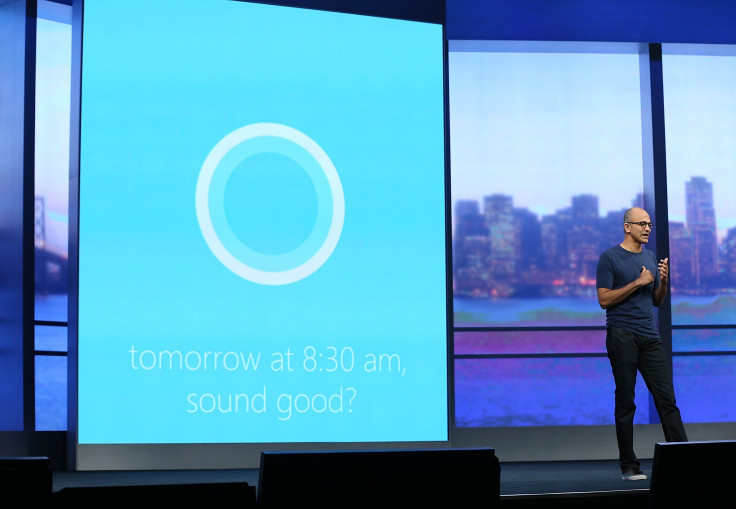Cortana Beats Siri To The Mac With Parallels 11: Hands-Free Voice Assistant Arrives On OS X

Parallels, the popular virtualization software that can run Windows on the OS X desktop, has received an update that promises 50 percent faster shutdowns and 25 percent better battery life.
But perhaps the most interesting addition is Windows 10’s Cortana, which will now integrate with OS X to provide a voice-activated personal assistant at all times. Apple has yet to release Siri for OS X, currently the only Apple OS without the assistant, so this addition will be a welcome change for those who absolutely must talk to their computer hands-free.
Cortana can be activated with a mouse click, or by saying: “Hey Cortana.” The operating system is always listening, even while using a Mac app, and the results appear automatically above the dock on the bottom of the screen.
Cortana has been one of the standout features of Windows 10, praised by reviewers as a welcome addition. Privacy concerns have been raised, however, about the way Windows 10 uses data. Tests showed that even when users asked Microsoft not to transmit data without their permission, Windows 10 requests Cortana-related files when a search is performed in the Start menu. There seems to be no way to disable this transmission, but Microsoft says the information exchanged does not contain any search query data.
Parallels 11 also supports OS X El Capitan, the next version of the Mac OS that is currently in the beta stages. El Capitan is expected to be released in the fall for free via the Mac App Store and includes a new split view that lets full screen apps like Parallels run side by side.
Parallels 11 costs $79.99 for new users or $49.99 for users upgrading from Parallels 9 or 10. A special Pro edition, with advanced developer tools, is available for $99.99 per year.
© Copyright IBTimes 2025. All rights reserved.





















